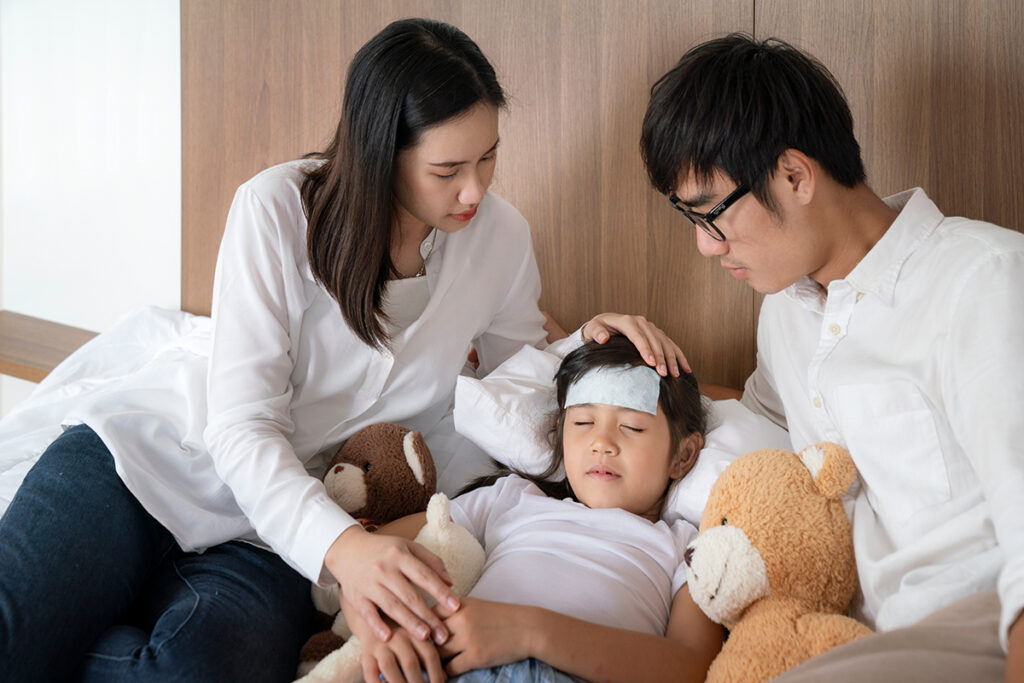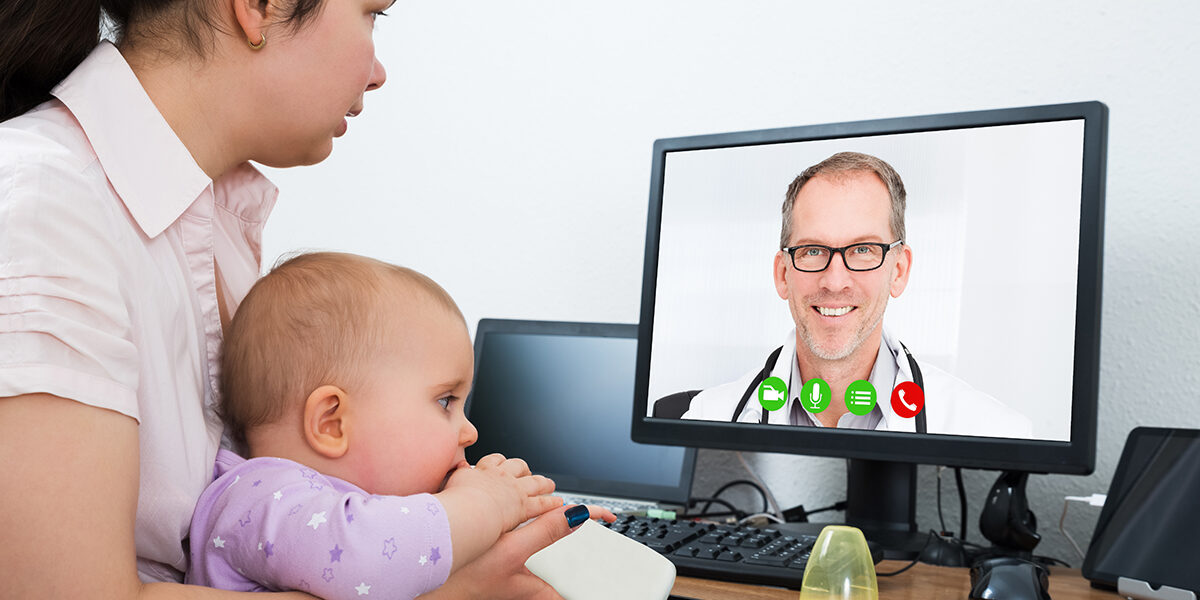Telemedicine in pediatrics has become an important consideration since the coronavirus disease 2019 (COVID-19) pandemic, in an effort to reduce risk of illness to pediatric patients, their families, staff, and clinicians. Prior to the COVID-19 pandemic, few clinicians engaged in routine telemedicine visits because thorough examinations were difficult to perform; there was lack of consistent reimbursement; and many clinicians were busy with their in-office practices. This changed abruptly in March 2020, in the United States, when many states issued stay-at-home–type orders, thus effectively causing in-office visits to plummet. Many sleep centers had to close their offices or sleep laboratories temporarily.
Yet, children need sleep care. Most clinical sleep medicine practices immediately searched for effective ways to deliver telemedicine services, ranging from telephone calls to video visits. This article reviews how telemedicine has been explored in pediatric sleep medicine prior to the pandemic, current applications of telemedicine, challenges, and reimagining pediatric sleep within the realm of telemedicine.
Fortunately, most clinicians already have engaged in some type of telemedicine when calling patient families to deliver care, such as phone calls to review results or get more information and create a treatment plan for a specific question or problem or communicating with patients through their electronic health record systems. Additionally, many clinicians have Web sites containing education materials and videos. Many of these communication types, however, previously were not consistently billable as they are now. For pediatric care coverage, the American Academy of Pediatrics maintains a state-by-state list of telehealth policy changes during the pandemic:
A list of state-by-state telehealth laws, updated prior to the pandemic in Fall 2019:
It remains conjecture as to which coverage insurers will maintain now that the pandemic has subsided.

There are a multitude of potential benefits to incorporating telemedicine into pediatric sleep practices, including and not limited to saving travel time and costs; fewer school absences; less missed work time for parents; and bringing multiple caregivers together conveniently, such as parents, babysitter, teachers, and grandparents, who all may provide care for a child and provide different perspectives on how the child’s sleep problem is affecting overall daytime function and behavior. Telemedicine offers a variety of treatment options that are easily applied within sleep disorders care, such as delivering cognitive behavior therapy for insomnia (CBTI) and follow-up visits for continuous positive airway pressure therapy (CPAP) adherence, particularly in the early weeks or months when more frequent check-ins may improve adherence to therapy. Ubiquitous smartphones allow almost all caregivers to connect seamlessly and attend telemedicine appointments, which also may decrease appointment no-show rates.
Telemedicine can be delivered synchronously or asynchronously and through many modalities, of phone, video, text, Internet Web sites, podcasts, audio recordings, social media/YouTube, and applications (apps). This article focuses on delivery of health care, not diagnostics or data collection; thus, tools, including home sleep apnea test devices, oximeters, capnography, actigraphs, and wearables, are not reviewed.
Examples of pre-pandemic telemedicine in children with sleep problems are abundant in the literature, and a sampling is reviewed to illustrate a variety of modalities that have been tested for feasibility and if outcomes were impacted.
Telemedicine through phone call follow up-visits also has been studied in pediatric obstructive sleep apnea (OSA). Most recently, a study found that of 535 children who underwent an otolaryngologic (ear, nose, and throat) procedure of adenoidectomy, adenotonsillectomy, or tonsillectomy, all 535 parents were contacted by phone 6 weeks after the procedure to assess the need for further follow-up in the clinic; 55 of these parents were invited to evaluate the nurse-led telephone visit and 100% were “fully satisfied” and felt the phone call follow-up provided convenience, personalized care, and reassurance.

Similarly, telemedicine delivery by phone has been applied in the treatment of insomnia. A randomized controlled trial of distanced telephone-coached intervention of insomnia in 61 children with insomnia and attention-deficit/hyperactivity disorder showed reduction of sleep problems and increase in psychosocial functioning at the conclusion of the 5 phone calls time period and follow-up 6 months later.
The same group of investigators then applied the insomnia interventions in children with neurodevelopmental disorders, with parents noting the telephone calls were helpful and feasible.
Published literature includes many studies on Internet-based telemedicine within pediatric sleep, particularly for treatment of insomnia in adolescents.
In a randomized controlled trial of 116 children, ages 12 years old to 19 years old, adolescents were enrolled to receive either Internet-based CBTI or group CBTI (groups of 6–8 participants). The Internet intervention utilized videos, automated and written feedback, instruction, exercises, interactive questionnaires, and personalized bedtime advice, similar to the information provided to the in-person group. Sleep outcomes from the 2 CBTI groups were compared with sleep in adolescents on a wait list group. Children who received CBTI by Internet delivery or in-person delivery had significantly improved sleep parameters compared with children in the wait list group.
Applications may be easily used by older children and adolescents. Remarkably, in a study of 88 adolescents, ages 8 years old to 17 years old, who were assessed for sleep quality and their pain from sickle cell disease and their sleep, 81.87% of possible app entries were completed. The study staff sent many reminders, contacting the children and adolescents once a week by phone and e-mail to provide feedback on compliance, provide encouragement to complete entries in the app, and problem-solve any technical or other issues. Children entered data twice a day for 4 weeks into the app on the Apple or Android device they owned or was provided to them as part of the study. They also were incentivized with gift cards for completing data entry into the apps.
Telemedicine in pediatric care has been proven highly effective and less costly than in-person care. It should be noted that face-to-face contact should never be completely replaced by remote patient access, but the pandemic demonstrated that it can be used as a useful tool and an adjunct to complete pediatric care.








